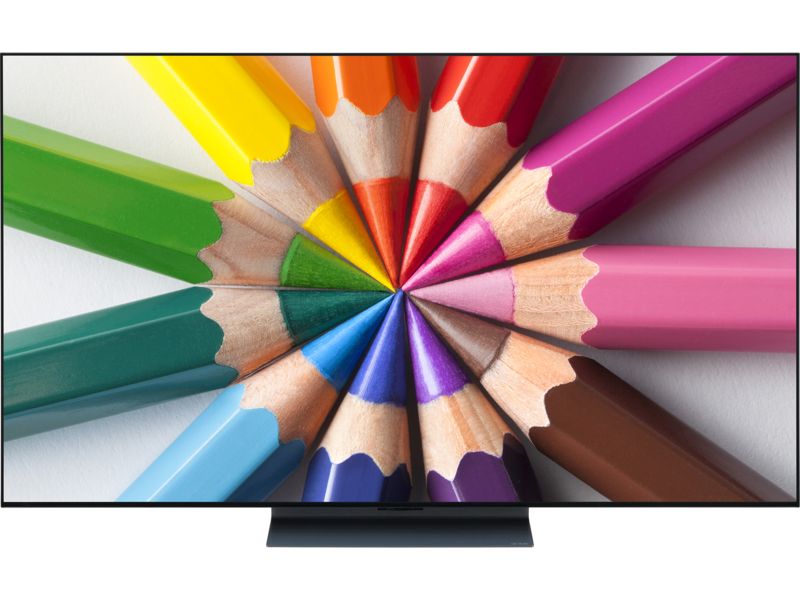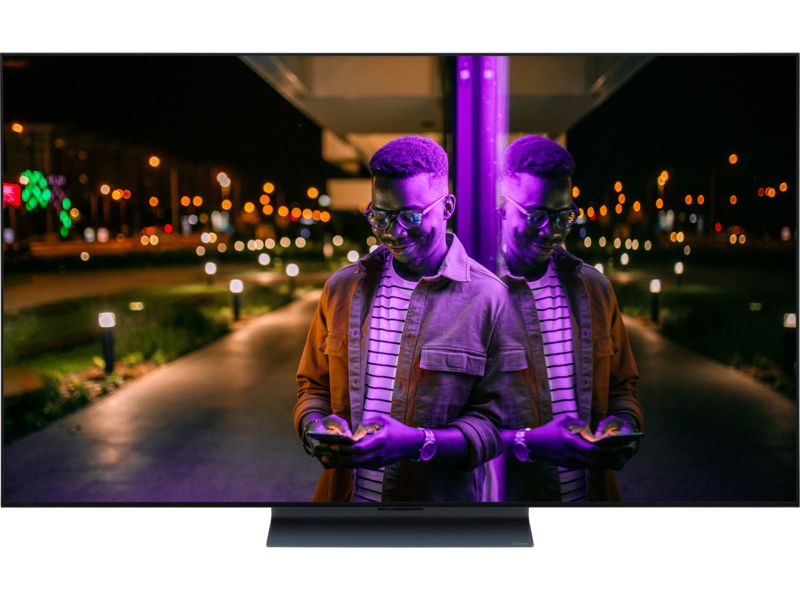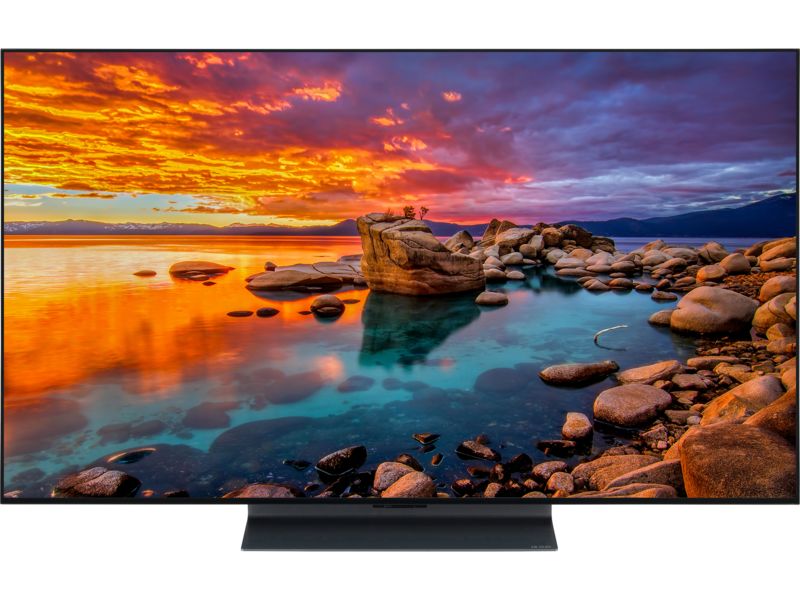What is DLNA?

DLNA allows you to wirelessly send content from devices like laptops, tablets and smartphones to a compatible TV, taking the hassle out of sharing media in the home.
DLNA stands for Digital Living Network Alliance, and was set up by Sony in 2003. Now adopted by a wide range of modern home entertainment devices, it allows videos, music and photos to be streamed and enjoyed on the big screen or a home cinema system quickly and easily.
Read on to find out all you need to know about DLNA.
Just want to see great TVs? Browse hundreds of expert and independent TV reviews
What is DLNA?
DLNA is an industry-wide standard for sharing data over a home network. Depending on the DLNA-compatible devices you own, you might be able to stream films from your laptop to your TV, play an MP3 stored on your phone over your hi-fi system, or print a photo from your tablet on your home printer.
DLNA stands for 'Digital Living Network Alliance'. It's a group of organisations, including many consumer electronics manufacturers, that has created a standard enabling all DLNA devices to share media over a home network.
If you have a router in your home, you'll most likely be able to link DLNA-compliant products across your home wi-fi, too.
However, it’s important to note that you won’t be able to add DLNA support to your existing devices. Tech products either have the feature built-in, or don’t support it at all.
Tech tips you can trust – get our free Tech newsletter for advice, news, deals and stuff the manuals don’t tell you
How does it work?
There are two main types of DLNA products: DLNA servers, such as PCs or a networked storage device, and DLNA clients. You need one of each to stream content using DLNA.
The DLNA server is the device that stores and sends your movies, music and pictures. PCs running Windows have DLNA built into their operating system, and Windows Media Player can act as a media server that manages where the content is delivered and what content is accessible.
A DLNA client is the device on which the content is viewed or played, and such products include most smart TVs, soundbars and digital radios. Some products, like DLNA-enabled TVs, might even come with bespoke PC software that, once installed, lets your PC talk directly to your television.
Common problems
The DLNA philosophy is admirable. And, if all devices communicated wirelessly and shared content seamlessly, it would be wonderful, but there are some limitations.
First of all, file formats can be a bit of an issue. Some DLNA devices might play MP4 video files, but the device the MP4 is being sent to may be unable to recognise this particular file type. The same goes for the popular DivX video file type that many LG TVs support.
There’s usually a workaround that involves using media servers (such as TVersity) to encode content on the fly. But this can be problematic to set up for those unused to playing with such advanced settings.
Digital Rights Management (DRM) is another stumbling block. DRM controls the way that people can share digital media in order to protect copyright. Some devices, despite being DLNA-certified, won't share certain music or video files with other devices due to DRM restrictions in place.
Even though many manufacturers are part of the DLNA Alliance, some major brands offer their own take on home networking, while others don't support DLNA at all, such as Apple.
Apple AirPlay and Samsung Link
Apple and Samsung both provide their own takes on DLNA - Apple AirPlay and Samsung Link respectively.
These systems are a guarantee, of sorts, that devices offered by Apple and Samsung connected to a home network are compatible. For example, a Samsung Galaxy Tab tablet can be wirelessly connected to a Samsung TV, if they're on the same network. Likewise, it doesn't require much effort to play content from an iPad to another up-to-date Apple product.
So, if you're a big user of Apple or Samsung products, you may be better served with their proprietary systems rather than DLNA if you want to share media files.
Brand specific wireless connectivity
Different brands have different software for connecting to your TV. Certain apps on smartphones and tablets will let you cast, or display, the content on the device on your TV screen. Window laptops and Apple MacBooks have similar software which lets you mirror your the screen onto your TV, turning it into a big monitor.
To see how to start streaming, casting and mirroring from your smartphone, tablet or computer to your TV head to our guide on connecting devices to your TV.



